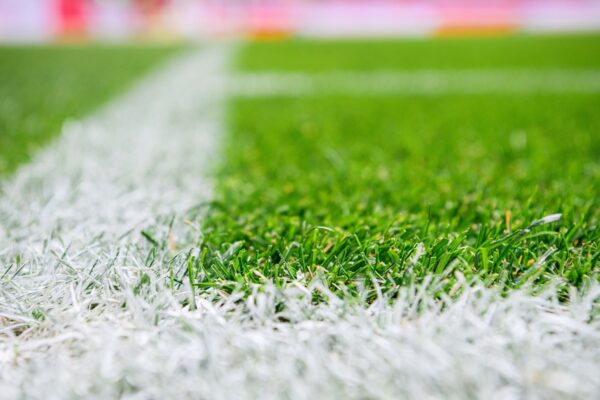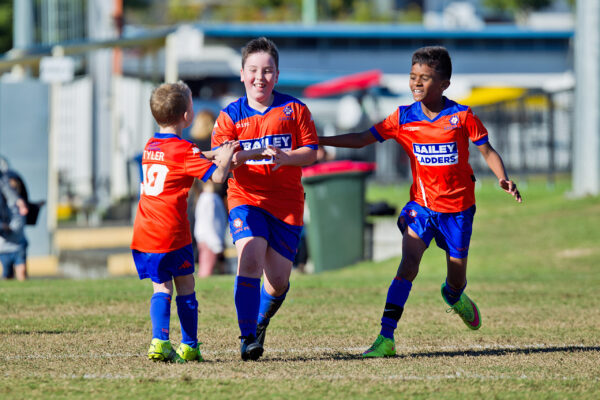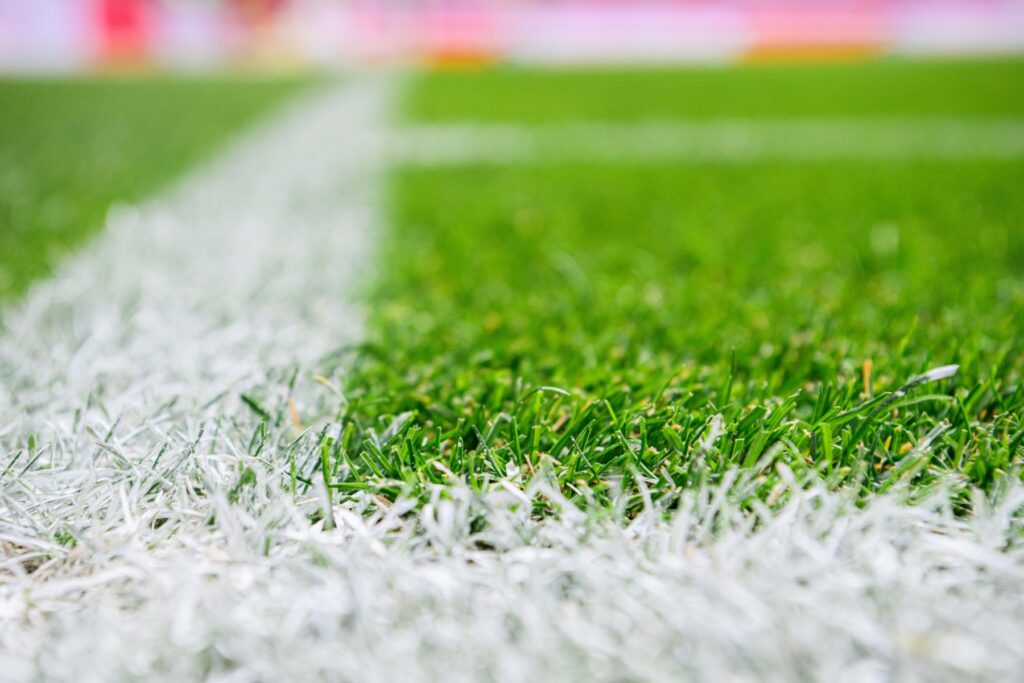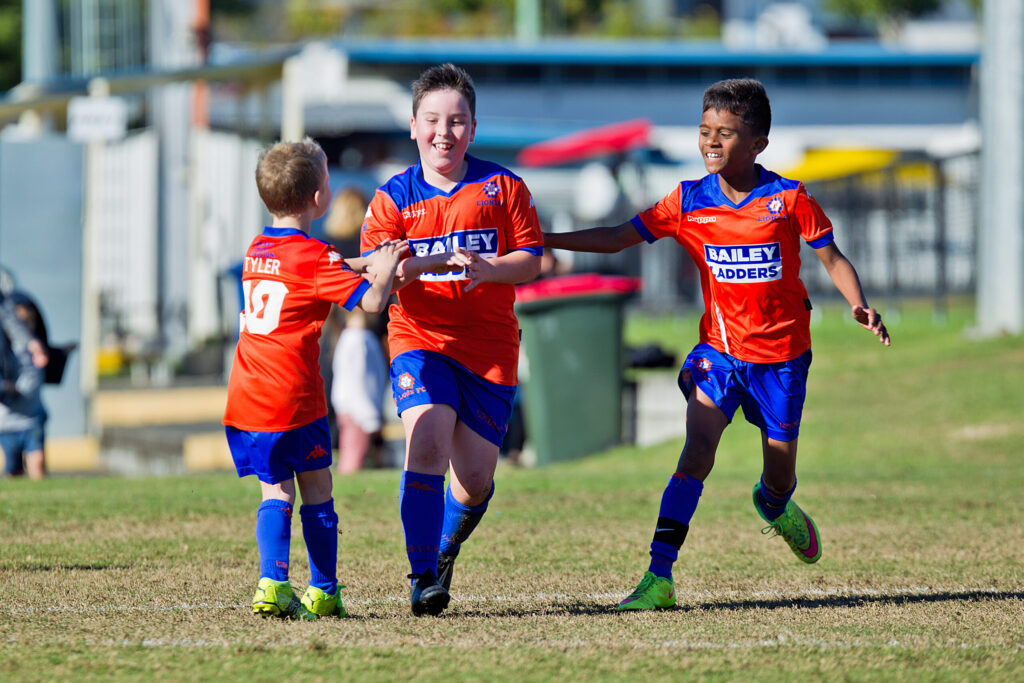
The Women’s World Cup in France has been a giant step forward not just for women in soccer. But for women in sport as a whole. After the United States’ reached the final earlier this week with a 2-1 win over England, it was announced they’d broken another barrier.
Nike, one of the world’s premier sports clothing companies, decreed that the 2019 USNWT jersey had become their largest selling shirt ever. Considering some of the domestic clubs and other international teams that use Nike, this is a huge development.
Teams such as Barcelona, Atletico Madrid, Chelsea, Inter Milan and Manchester City use Nike and for the United States women’s team to sell more shirts than these clubs is quite a feat.
The new @FCBarcelona kit for the 2017/18 season pic.twitter.com/1A9faSlViX
— FC Barcelona (@FCBarcelona) May 29, 2017
Another element to this is that the shirt costs approximately $140 AUD to buy, which isn’t cheap. The fact people are not just purchasing this jersey over others, but for this asking price shows the level of commitment and love for the women’s game at the present time.
Nike’s CEO Mark Parker stated, “The USA women’s home jersey is now the number one soccer jersey, men’s or women’s, ever sold on Nike.com in one season.”
“It’s hard to overstate how important this year has been to the evolution of the women’s offense at Nike.”
“You’re going to see more and more of Nike looking at making sure that women, whatever sport they play, have the right product to play confidently in.”
Australia also made waves with the Matildas’ jersey for their World Cup campaign. Their ‘spew’ inspired kit was considered a wonderful choice, one which made us stand out from the crowd.
We are officially SOLD OUT of the new @TheMatildas jerseys in men's cuts! Stay tuned as we will announce when we receive more stock. #GoMatildas pic.twitter.com/b6x8lbHq8r
— Matildas (@TheMatildas) March 12, 2019
Nike isn’t done with its pursuit of ensuring the women’s game reaches the same level as the men’s. More size options are set to be made available for women, ensuring that no one gets left out and that soccer, does indeed become everyone’s game.
Let’s hope the 2019 Women’s World Cup is the catalyst for a wonderful future for the women’s game.



















